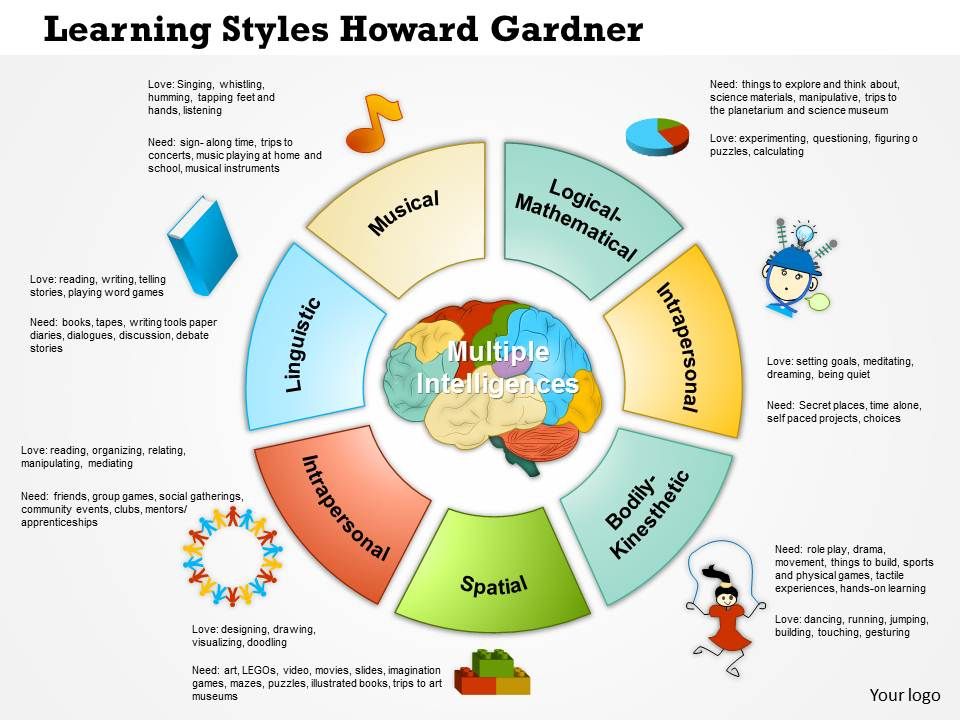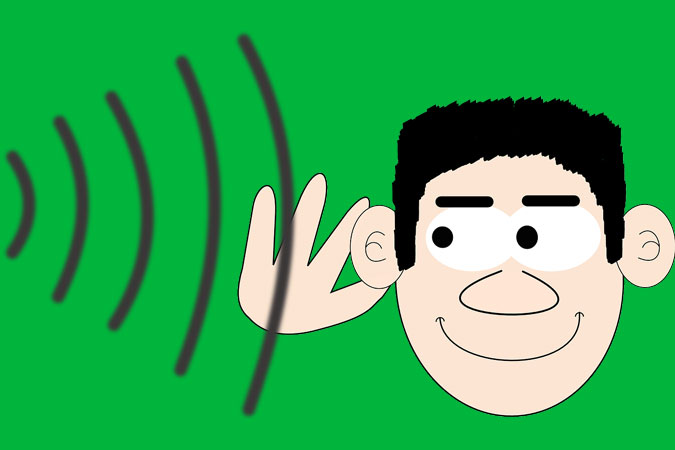Auditory Learning Program
- Auditory Learning
- Sensory Learning Program Experiences
- Auditory Training Program
- Auditory Learning Tools
- Sensory Learning Program
Auditory integration training (AIT) is a non-invasive sound-based intervention based on frequency modulation with the end goal of balancing the acoustic reflex. In layman terms, AIT is a music program aimed at retraining the muscles of the middle ear of children and adults who suffer from distortions in hearing or sensitivity to certain sounds. AIT remediates impairments in auditory discrimination associated with autism, learning disabilities, and related disorders: ADD, ADHD, CAPD (Central Auditory Processing Disorder), SPD (Sensory Processing Disorder), and Dyslexia.

Examples of learning styles includ auditory learners, kinesthetic learners, and visual learners. Each of us has a preference (either obvious or less obvious) to one style of learning or another. As children develop, they can progress through different stages and preferences of learning. Kids can succeed with a variety of learning styles. Auditory Training Programs Here are some auditory listening programs that can be done at home on the computer. Mention of these products does not imply HLAA endorsement nor does exclusion of any other products imply disapproval.
Dr. Guy Berard (1916-2014), an accomplished French Ear, Nose, and Throat (ENT) specialist, began his research in the 1960’s and developed the current educational approach we use today. Dr. Berard believed that behavioral and cognitive problems often arose when an individual perceived sound in a “differential” manner. This happens when individuals perceive certain frequencies far more acutely than other frequencies. Sounds thus appear to that person in a “distorted” manner. This often leads to difficulties in comprehension and behavior. Berard’s objective was to reduce “distorted” hearing and hypersensitivity of specific frequencies, so that after AIT, ideally all frequencies could be perceived equally well. The individual would then be able to perceive environmental sounds, including speech, in a normal fashion.
For more information on Dr. guy Berard and the benefits of AIT click on the links below.
How Do People with an Auditory Learning Style Learn Best?
Auditory learners prefer learning through hearing and audio presentation, whether the information is presented via books-on-tape, lecture, audio-visual programs, or even the person’s own reading aloud.
Auditory Learning
If your child has an auditory learning style, and does not have any underlying neurological learning difficulties or other learning issues, he is likely to perform fairly well in a traditional classroom. Most schools use lecture, books, discussion, writing on the board, and other auditory means of conveying information.
The majority of teachers have an auditory teaching style, thus the traditional classroom favors auditory learners the most. If your child is an auditory learner, then you should have a relatively easy time finding instructional materials to use when schooling your child.
Math and Auditory Learners
There are several math programs you can use for homeschooling that favor auditory learners. To teach your child, you can use any program that has an auditory component explaining the mathematical concepts.
Math curricula that favor auditory learners include Teaching Textbooks, Math-U-See, Chalkdust DVDs, or Math Tutor DVDs. Each of these programs includes auditory explanations of mathematical concepts while an instructor is teaching the concept.
When explanations take place using digits and symbols on a board rather than visuals, the math programs are more effective for auditory learners than they are with visual or kinesthetic/tactile learners. A clear exception is Math-U-See, which uses manipulatives to demonstrate when explaining concepts, so it is suitable for visual, kinesthetic, and tactile learners too.
Sensory Learning Program Experiences

Reading And Writing for Your Auditory Learner
Teaching reading and writing to an auditory learner is generally easy if the child has no visual processing issues or underlying speech-language issues. If your child has an auditory learning style, and struggles with reading or writing, it would be a good idea to have your child evaluated for underlying issues that may be causing his struggles.
If your child has a lot of difficulty with learning to read, you can use an Orton-Gillingham based reading program to effectively teach your child to read. The multi-sensory nature of Orton-Gillingham based programs makes them effective for most learners.
Auditory Learning Style Activities for Teaching
For all content learning, you will want to select an Auditory means for teaching concepts to your child. If you’re teaching an auditory learner, it will be easier for you to find curriculum for working with your child than it is for visual or kinesthetic/tactile learners.
Given that most teachers chose to teach because they like talking, explaining, etc., most classroom teachers are auditory learners and they create materials are geared towards the auditory style. You can present information using the ideas listed in the table below or come up with your own ideas for auditory presentation of information.
Auditory Training Program
| Bees (Geography, Spelling) | Make your own “Walk and Talk” tapes for memorization | Rhythmic Clap and Tap Spelling |
| Audio Books | Mnemonics | Role Playing |
| Debates | Mock Trials | Story Telling |
| Educational Videos | Music (Making songs or tunes for memorization) | Talking Books |
| Expressive Reading | Plays or Skits | Text-to-Speech software |
| Flash Card Drills | Poetry (Making rhymes for memorization) | Use background music or “white noise” |
| Interviewing | Read Alouds | Walk while listening to Audio Books |
| Lectures | Reading | Writing |
Reading as an Auditory Learning Activity
Although some people think reading is a “visual” activity, reading words on a page provides little to no meaningful “visual” information. When a child is reading, the intake of the letters and words from the page is a visual process, but the letters and words are “interpreted” and transformed into language-based information then processed in the language-processing center of the brain. Therefore, reading is a unique activity requiring both visual and verbal (auditory) processing capabilities.
The visual aspect of reading is a small portion of reading skill and the actual content processing takes place in the language-processing centers of the brain. Thus, reading is more suitable to a verbal/auditory learning style than it is to a visual learner.
Auditory Learning Tools
A failure to recognize the auditory nature of reading is where people get bogged down in thinking true dyslexia is a “visual” problem, but on the contrary, it is a Phonemic Awareness problem. The processing of sounds as they relate to the symbols printed on a page does not function correctly for a person who has dyslexia, so the solution is usually more deeply related to understanding sound-symbol correspondence than it is about anything visual.
If a child has no visual difficulties, no other interfering learning difficulties, and he is an auditory learner, then reading is likely to be an easy skill for the child to acquire and use in his schooling.

Since auditory learners have processing strengths in language-based areas, once they know how to read, any program that involves reading is likely to be a good curriculum choice.
MOST persons with dyslexia are not auditory learners, henceforth they usually learn better through visual or kinesthetic/tactile channels of learning.
Sensory Learning Program
Table of Contents
